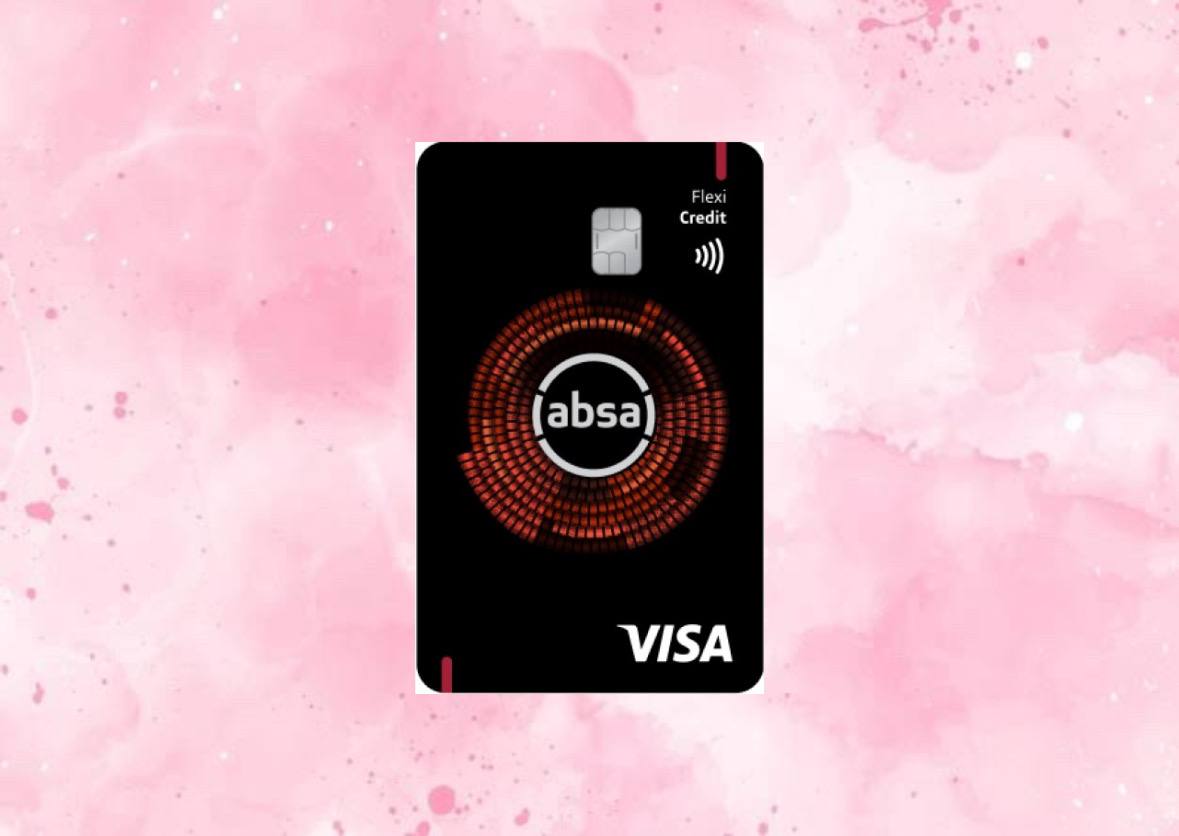An Introductory Guide to Balance Transfer Credit Cards
Transferring a balance might be a viable option, yet it doesn't suit everyone's needs. Thus, it's crucial to comprehend all aspects involved.
Balance transfer credit cards serve as an effective financial instrument for reducing expenses and accelerating debt repayment.
In the U.S., where credit plays a crucial role in financial management, grasping the mechanics of these cards can offer a considerable edge.

This introductory guide delves into the workings of balance transfer credit cards, highlighting their pros, cons, and strategies to optimize their use.
What Is a Balance Transfer Credit Card?
A balance transfer credit card allows you to move debt from a high-interest card to one with a lower or 0% interest rate for a limited time.
This reduces the overall interest costs, allowing you to focus on paying off the main balance more effectively.
These cards are especially beneficial for individuals facing high-interest credit card debt who wish to streamline their financial obligations.
How Does a Balance Transfer Work?
Start by locating a credit card that offers a compelling promotional rate for balance transfers, like 0% APR for a duration of 12 to 18 months.
After applying for the card and receiving approval, begin the transfer by informing the new card issuer of the amount to be transferred and the details of the original card.
During the promotional phase, aim to pay down as much of the transferred balance as possible to avoid interest once the promotion concludes.
Advantages of Balance Transfer Credit Cards
- Interest Savings: These cards significantly reduce the amount spent on interest during the promotional period.
- Debt Consolidation: Merging various debts into one card simplifies your financial approach.
- Accelerated Debt Payoff: Lowering high interest rates enables you to focus on paying down the principal.
- Credit Score Improvement: Keeping up with payments can gradually boost your credit score.
Disadvantages of Balance Transfer Credit Cards
- Transfer Fees: Most cards impose a fee, usually between 3% and 5% of the amount being transferred.
- Limited Promotional Periods: Once the promotional phase concludes, standard interest rates (often quite high) take effect.
- Risk of New Debt: Continuing to charge on the old or new card may lead to increased debt.
- Temporary Credit Score Impact: Getting a new card might cause a slight, temporary dip in your credit score.
Selecting the Ideal Balance Transfer Card
Look for cards that offer extended promotional periods, like 18 months, to make the most of your interest-free time. Compare the transfer fees and pick the one with the least expense.
Be aware of the standard interest rate that kicks in after the promotional phase ends to prevent any surprises. Verify that the new card’s credit limit can accommodate your debt transfer.
Effective Strategies for Using a Balance Transfer Credit Card
Prior to transferring your balance, set up a detailed budget to ensure you can clear the balance within the promotional timeframe.
Numerous balance transfer cards impose high interest rates on new purchases, even during the promotional timeframe.
Missing payments may lead to the cancellation of your promotional rate and result in penalties that could harm your credit score. Focus as much as possible on paying down the transferred balance.
Gain a comprehensive understanding of the card’s fees, timelines, and stipulations to avoid any unexpected issues.
Who Can Benefit from Balance Transfer Credit Cards?
Discover who balance transfers might be ideal for.
- Individuals with Multiple Card Balances;
- People Facing High Interest Rates;
- Individuals with Strong Financial Discipline;
When Balance Transfers Might Not Be Ideal
Discover who might not gain from a balance transfer.
- Minor Debts;
- No Planning;
- Poor Credit Score;
Are Balance Transfers Beneficial?
Balance transfer credit cards can serve as an excellent financial resource for anyone aiming to cut down debt and lower interest payments.
Nonetheless, achieving success requires discipline, careful planning, and a complete grasp of the card’s rules and conditions.
When used wisely, these cards can significantly enhance your financial stability and balance.
However, if used improperly, they can lead to mounting debt and financial troubles. Assess your choices thoroughly and make smart decisions to enhance this approach.





